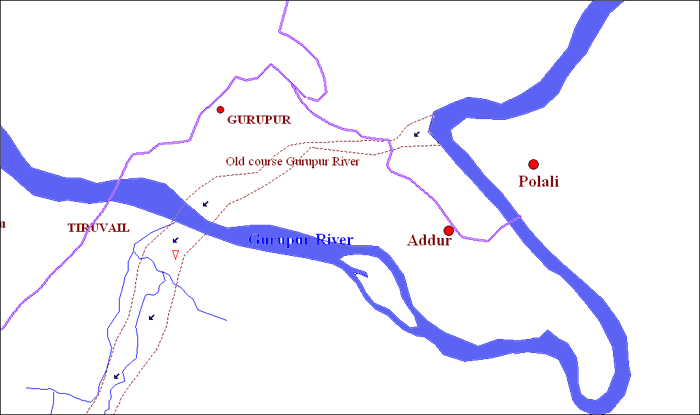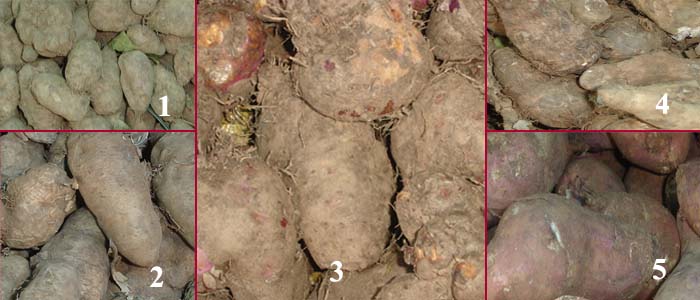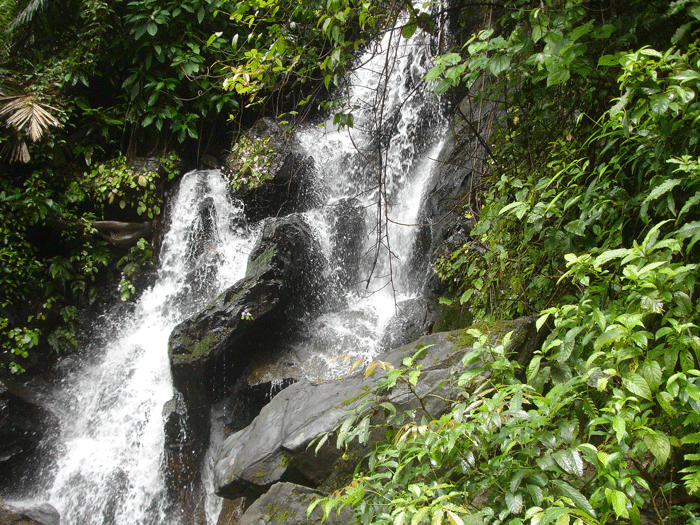Tulunadu has a tradition of Spirit worship possibly dating back to 700-800 BC coinciding with the immigration of the Early Tulu tribes who introduced the initial cults of
Bermer (also pronounced as ‘Birmer’ or ‘Bermeru’) and
Panjurli. The subsequent history has seen introduction of a host of Spirits. Tulu communities since early days believed in the personal powers of their community heroes and believed that they continue to roam around after sudden martyred deaths. They believed that worshipping their spirit forms would absolve them of their frailties and ensure protection against adversities like crop failure, famine, diseases etc.
Following the traditions of Tulu oral literature, oral anecdotes pertaining to some of the spirits prevalent among Tulu elder people were gathered and presented here.
The Jarandaya- Bobbariya historical encounter reflects the conflict of egos that plague our society even today.
I wish that our compatriots shall consciously overcome these frailties like clash of egos that lead to meaningless revenges and live a life of mutual understanding, friendship and universal brotherhood.
Jarandaya ‘Jarandaya’ was the ninth son of a Jain King of Barkur. He used to travel along the west coast from Barkur to Nileswar dispensing justice and solving disputes among the general public. He had an assistant (‘banta’) called ‘Koteda Babbu’ also referred to as ‘Kotdabbu’.
Koteda BabbuKoteda Babbu (means Babbu of the Fort; ‘koTe’=fort) was a talented professional, a fort-building expert, from the Mundala community, who is said to have migrated to Barkur, from the upland Kannada area. He was a sorcerer, expert in witchcraft, water divining and native medicine.
During his sojourns from Barkur to Nileswar, the Jain Prince Jarandaya, used to take Koteda Babbu along with him, as his personal assistant. After sometime, Koteda Babbu voluntarily stopped accompanying Jarandaya as there was some difference of opinion between them.
BobbariyaBobbariya was a tall and well-built Muslim trader, who was influential among the fishing community of coastal Kapu area. Bobbariya was born of an alliance between a Muslim father(Sulikall Murave) and a converted Bunt woman(Patima).Born in Goa and grown up in Kochi according to Pad-danas He was engaged in fish trading and was popular in the region among the local Mogaveera community. He was usually associated with a band of dedicated youth probably drawn from the fishing community.
Bobbariya owned a provisions store near the fishing village and was having flourishing business. Gradually, he employed special carpenters from the upland area and commissioned a large boat (‘padavu’) for carrying out sea trade. He had band of sailors consisting of local fishermen and Muslims. Soon he prospered and became a leading figure in the area, on account of flourishing trade through his padvau.
Conflict of egosSomehow, Bobbariya did not like the interference of Jarandaya, an outsider from Barkur, trespassing into his domain to solve minor local skirmishes. During one of his journeys, Jarandaya was humiliated by Bobbariya, in the Kapu area, especially when his assistant Koteda Babbu was absent. He blocked the path of Jarandaya with the help of his henchmen and asked him to kneel down and pass between his astride legs.
Jaranadya could not stomach the insult and later he consulted his advisor cum assistant Koteda Babbu, on the modus operandi of avenging the insult. Koteda Babbu thought for a while and designed a plan involving another character called Neecha Taniya.
Neecha TaniyaThe revenge plan contrived by Koteda Babbu involved using pork and beef to intimidate or flabbergast Bobbariya and his team. ‘Neecha Taniya’, as the name describes (‘neecha’=lower; ‘taniya’=Saturn), was from a lower community who generally do not have inhibitions towards beef or pork.
The RevengeNeecha Taniya went ahead with the Jarandaya revenge project. He threw cut leg of a pig at Bobbariya who was totally dumb-founded. During this moment of utter confusion, Neecha swished a sword, slashed at Bobbariya and severed one of his legs. Bobbariya, with one of his legs amputed, bled to death.
Tulu SpiritsIn Tulunadu, the spirit of Jarandaya is worshipped even today along with his assistant( banta daiva ) Koteda Babbu. Similarly, Bobbariya is worshipped with Neecha Taniya.Mogaveera pattanas invariably have an Bobbariya gunda amidst the colony. Tulu fishermen believe that the spirit of Bobbariya shall protect them in the rough sea and help them get a good catch of fishes.
‘Neechag balsuni’ Many Tulu families traditionally keep aside some food at the beginning of the dinner on all auspicious days, devoted and earmarked to Neecha. They call the custom of serving food to Neecha as ‘Neechag balsuni’.
TreacheryThe popularity of Koteda Babbu was not tolerated by his rivals. Some of the upper caste rival soothsayers planed to bump him of. They invited him to inspect a problematic open well at Kanchinadka, near Padubidri. Koteda Babbu descended into the well to verify the problem. By then they covered the opening of the well with stone slabs, with the intention of burying him alive. Somehow, Koteda Babbu realized that he was trapped inside the well and began shouting for help.
Tanni ManagaA local lady of Mugera community, while was passing by, heard the wails from the closed well. She came near the well and slided the slabs covered over the well. She found a person trapped inside the well and felt pity.
Koteda Babbu, trapped inside the well, asked the lady to help him out of the well. But the lady had no appliances to pull him out. Babbu suggested that she lower her sari so that he can hold it and come up. She hesitated, because the poor lady was wearing only a sari, with no other clothes underneath, as was the general custom with poor class women then. But she agreed to save him when Babbu promised that he would not look up at her nakedness.
While ascending up the wall inside the well, Babbu turned his head up to verify how much distance remained to be covered. But the lady was upset. When Koteda Babbu realized that he offended her sensibilities, he slashed his forehead several times with his sword as penance against the error he committed unknowingly.
(Acknowledgement: The oral anecdote data is gathered by Shri K Dinesh Mulki).®








